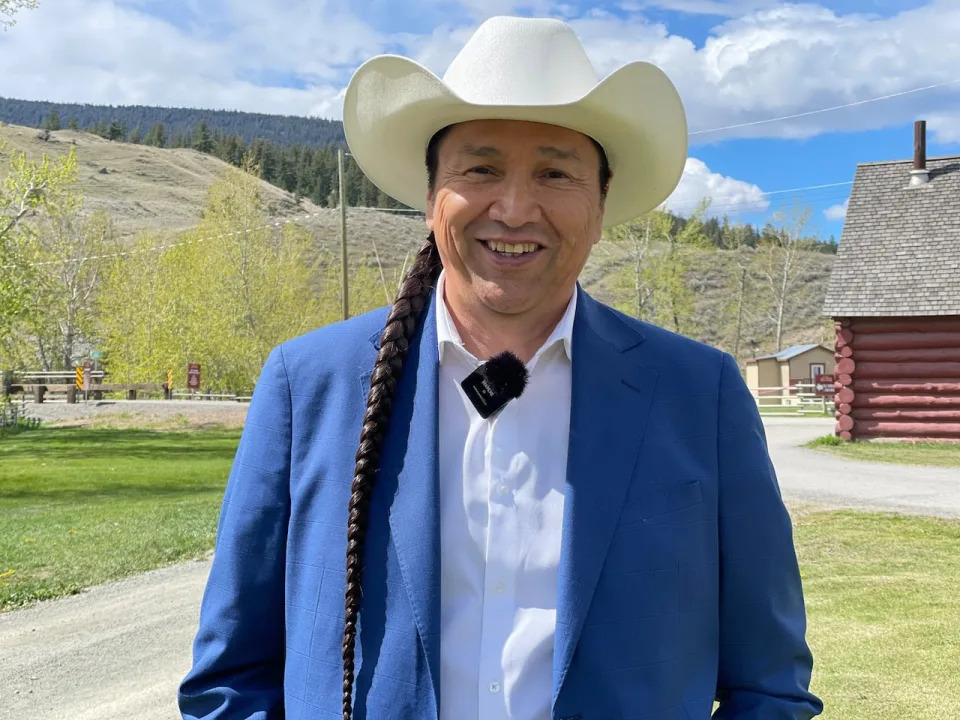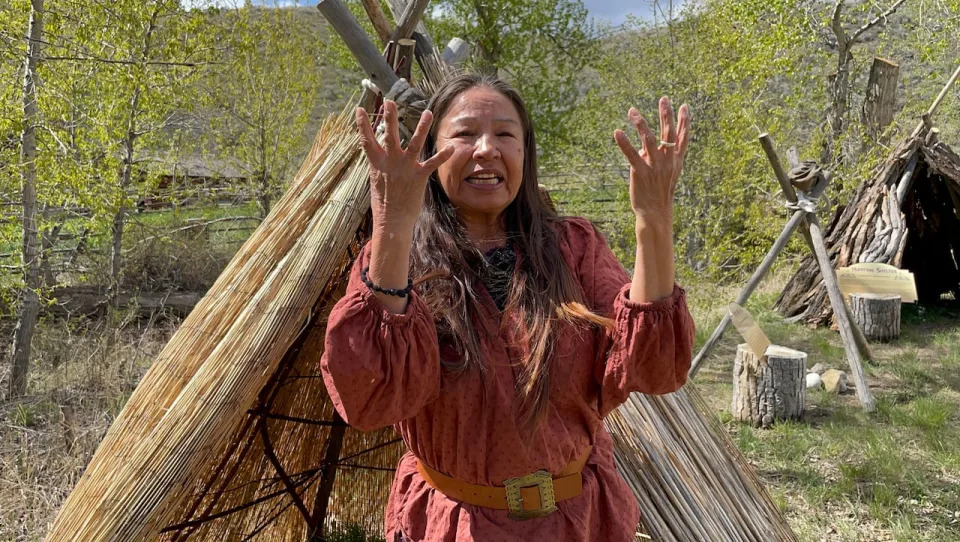CBC
Thu, May 9, 2024

Hat Creek Ranch, a former Gold-Rush-era roadhouse, is now a historic site that has recently been put under Indigenous management. (Jenifer Norwell/CBC - image credit)
St'uxwtéws (Bonaparte First Nation) Chief Frank Antoine spent good parts of his childhood at Hat Creek Ranch.
"I got to start working here at five years of age," he said of the tourist site, which originally operated as a roadhouse stop on the way to the Cariboo gold fields in the 1860s.
Antoine played with the animals and heard stories from the cowboys who worked the ranch. He also learned of its history as a stop for the St'uxwtéws people, prior to the Gold Rush.
That's part of why he's so excited his community — through the St'uxwtews Pesuten Heritage Society — is taking over operations of the historic site near Cache Creek, B.C., about 215 kilometres northeast of Vancouver.
The move to have St'uxwtéws take over operations is part of a larger shift in the province to have more First-Nations-run historic sites. The provincial government has committed to improving relations with Indigenous communities, handing over increasing control of land management to First Nations.

Chief Frank Antoine heads up a number of Indigenous tourism groups.
Chief Frank Antoine heads up a number of Indigenous tourism groups. (Jenifer Norwell/CBC)
Antoine said the land the ranch is on has long been used by his community, but those Indigenous stories have not been fully shared at the popular visitor destination.
"Our history has always been put on the shelf and now we get the opportunity to take it out, dust it off and put it back to where it belongs: on the land."
Number of Indigenous operators expected to increase
According the Hat Creek Ranch's website, the St'uxwtéws people lived a nomadic lifestyle in the area before the Gold-Rush-era roadhouse was built.
Now visitors to the tourist site can see how the St'uxwtéws lived off the land, tour the old roadhouse, pan for gold and take carriage rides.
The nation has revamped the displays on the ranch with demonstration sites and interpretive signs that explain hide tanning and drying vegetables, medicines, roots and berries, along with a model summer lodge, hunting lodge and teepee.
"It's certainly a big deal for them," said Roger Tinney, director of the heritage branch of the Ministry of Tourism, Arts, Culture and Sport.
Tinney said the province is looking forward to working with St'uxwtéws — the ranch will remain on Crown land.
"It's not the only site that has an Indigenous operator in our portfolio and I think we're probably going to see more of that in the future," he said.
Lucille Nali is one of the people responsible for explaining the history, as the Indigenous site interpreter at Hat Creek Ranch.
She said as a Sixties-Scoop baby, this is a way for her to connect with her culture.
"I just love it," said Nali.

Lucille Nali is looking forward to showing off the historic Indigenous site.
Lucille Nali is looking forward to showing off the historic Indigenous site. (Jenifer Norwell/CBC)
This sentiment is shared by Antoine, who is the board chair of the World Indigenous Tourism Alliance and the founder of Moccasin Trails Inc., and has long been an advocate for Indigenous-led tourism projects.
"I want this to be known as a world Indigenous destination — not just a tourism destination, but Indigenous destination," he said.
St'uxwtéws is also operating the nearby McAbee Fossil site, which offers hiking tours. The nation is in the planning stage of designing a cultural site on that land.
Historic Hat Creek Ranch operates from the beginning of May until the end of September annually.
No comments:
Post a Comment